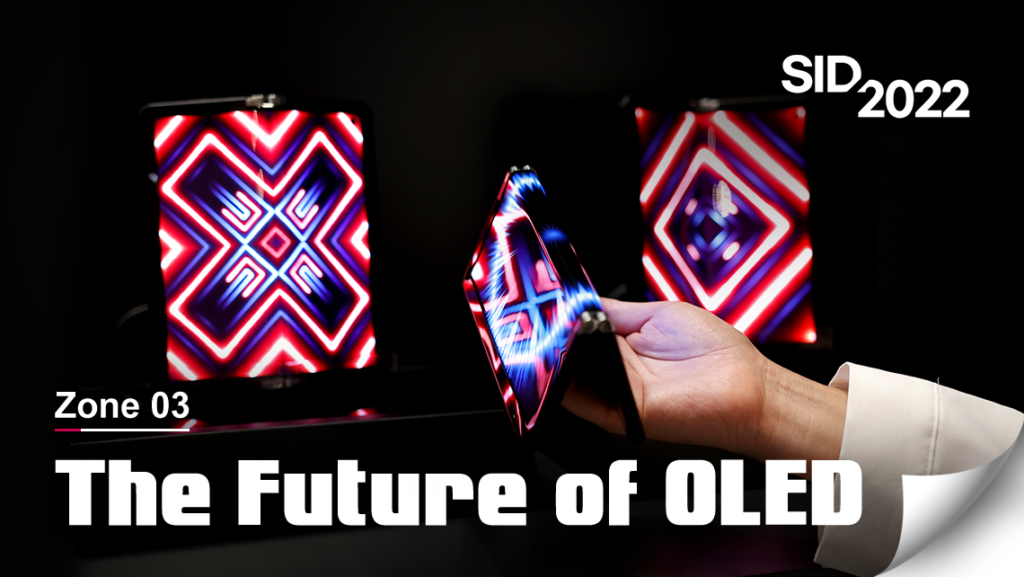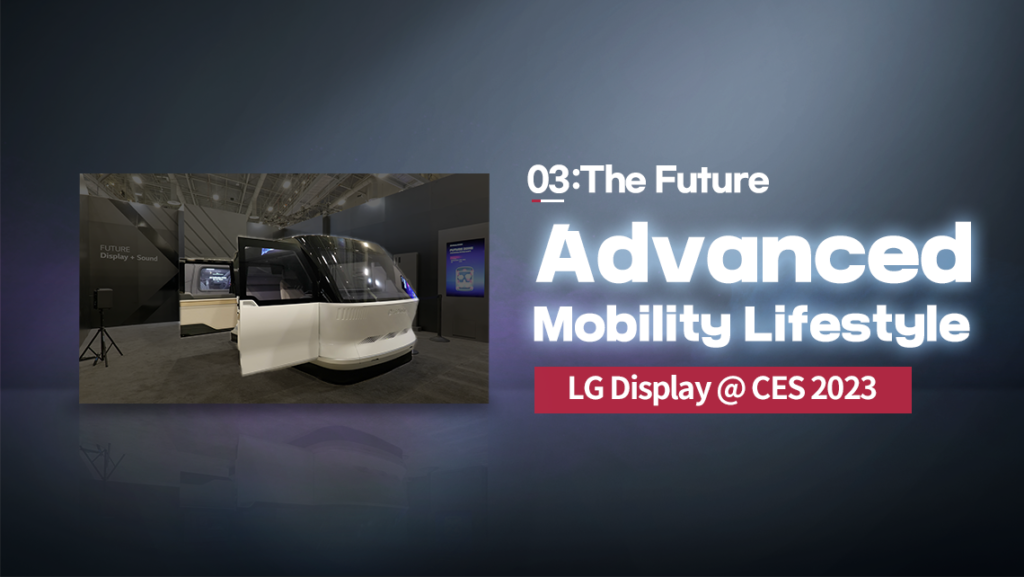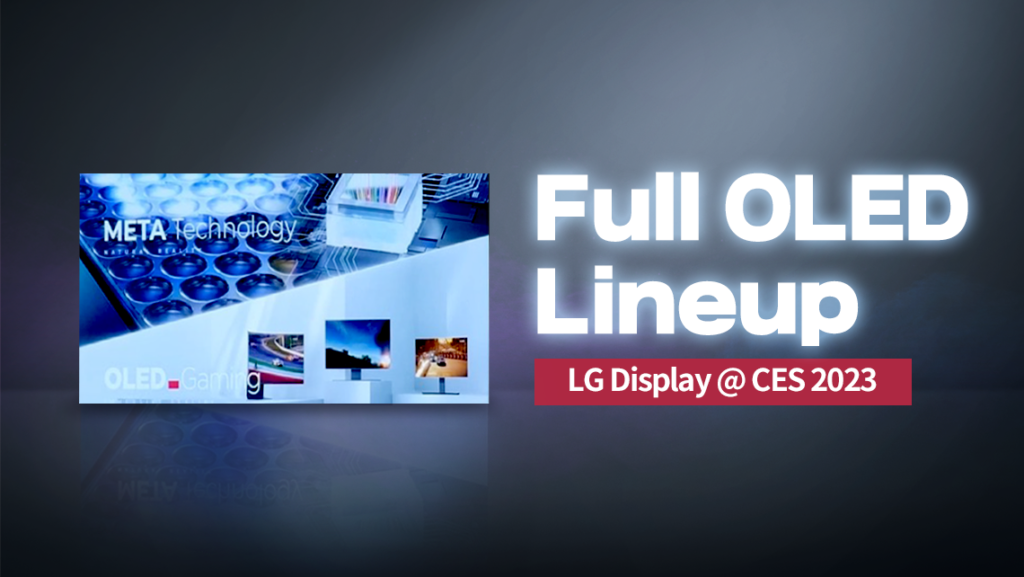DISPLAY 101
#4 Contrast Ratio
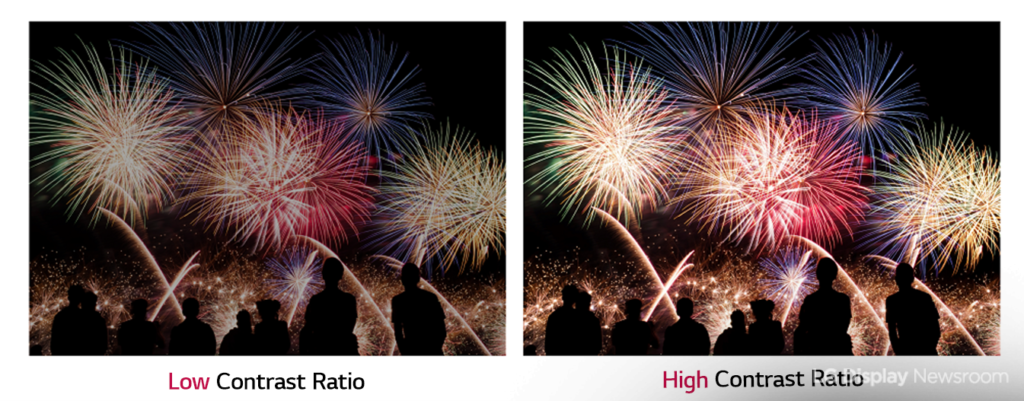
| Contrast Ratio: A measure of how strongly and how weakly a display can produce light to create the brightest and darkest colors. |
The contrast ratio of a display is a measure of the difference between the brightest white and the darkest black that a display can produce. You can think of it as information about how many different levels of light can be produced by any given display. A contrast ratio is better the bigger it is, because the display has more possibilities of light that it can give off.
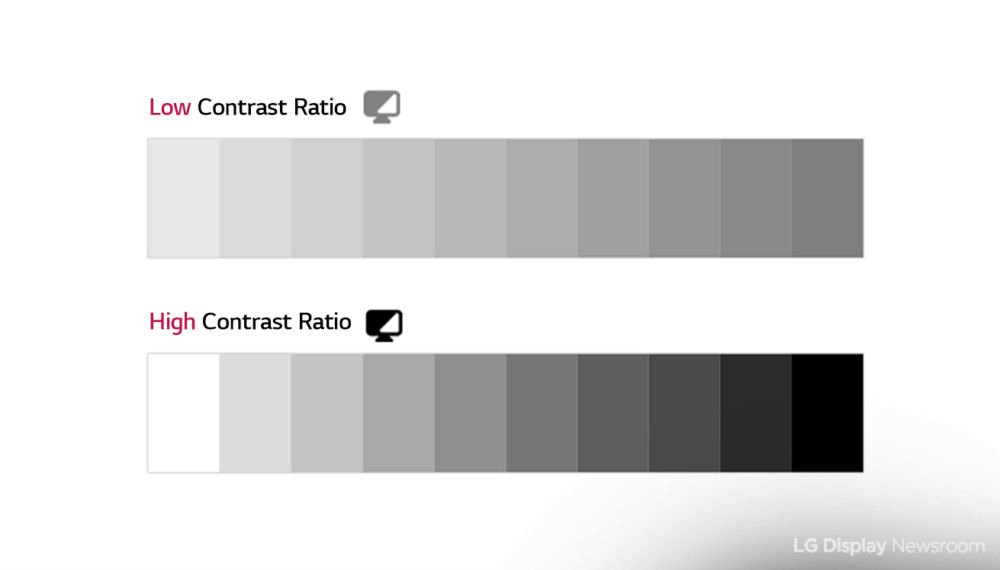
Contrast ratio is written as a ratio of the value of the maximum luminance of the display and 1, which represents the minimum brightness. For example, if the maximum brightness of a display is 500 nits and the minimum is 1 nit, the contrast ratio is written as 500:1. So that means the display can produce 500 different levels of luminance. So it is easy to see that the bigger this ratio is, the more versatile a display is in what it can show, and also the greater the maximum brightness possible. A high-contrast display will show subtle differences even between the most similar of blacks.
Differences between LCD and OLED contrast ratios
There is some difference between the contrast ratios of LCD and OLED displays. LCD displays have a backlight behind a set of liquid crystals that try to block the light from getting out, except where it needs to in order to create the image on the display. On the other hand, OLED displays can turn on or off the light emission of each pixel, so when there is nothing for the display to show, the pixel itself doesn’t shine at all. This allows the OLED to represent black perfectly by not shining at all. This means that the contrast ratio of an OLED display is practically infinite, because its brightest luminance is in contrast to zero light emitted.




